| Pesticide class | Herbicide |
|---|---|
| Active ingredient | Oxyfluorfen |
| Formulation | 24% EC |
| Resistance group | HRAC: E |
| PHI | PHI for this Herbicide has not been reported |
| Acute Oral LD 50 for Rats | 5000< mg/kg |
Oxyfluorfen 24% EC
It is a selective, contact herbicide. It belongs to the class of diphenyl ethers herbicides and inhibitor of protoporphyrinogen oxidase (PPO). This herbicide is absorbed by the aerial parts of the plant. By oxidizing plant protein and pigments, oxyfluorfen causes its destruction
Cases and dosage
|
Crop |
Weed | Dosage | Application Time |
| Onion | Grasse and Broadleaf weeds |
2 lit per hectare |
2-5 Leaves of Onion (Beginning to the end of tillering stage of wheat) |
Related products
Oxadiazon 12%EC
Tribenuron methyl 75% DF
It is a contact and selective herbicide, absorbed by foliage and roots. It belongs to the class of sulfonylurea herbicides and inhibition of aceto-lactase synthase (ALS) or Acetohydroxyacid synthase (AHAS) mode of action. Its mode of action is by branched chain amino acid valine, leucine, and isoleucine synthesis inhibition.
Athlete (Mesosulfuron + Iodo sulfuron + Mefenpyr diethyl 1.2% OD)
It is a selective, systemic post-emergence herbicide, absorbed by foliage and roots. It belongs to the class of sulfonylurea herbicides and inhibition of aceto-lactase synthase (ALS) or Acetohydroxyacid synthase (AHAS) mode of action. Its mode of action is by branched chain amino acid valine, leucine, and isoleucine synthesis inhibition.
Bensulfuron methyl 60% DF
It is a selective, systemic post-emergence herbicide, absorbed by foliage and roots. It belongs to the class of sulfonylurea herbicides and inhibition of aceto-lactase synthase (ALS) or Acetohydroxyacid synthase (AHAS) mode of action. Its mode of action is by branched chain amino acid valine, leucine, and isoleucine synthesis inhibition.


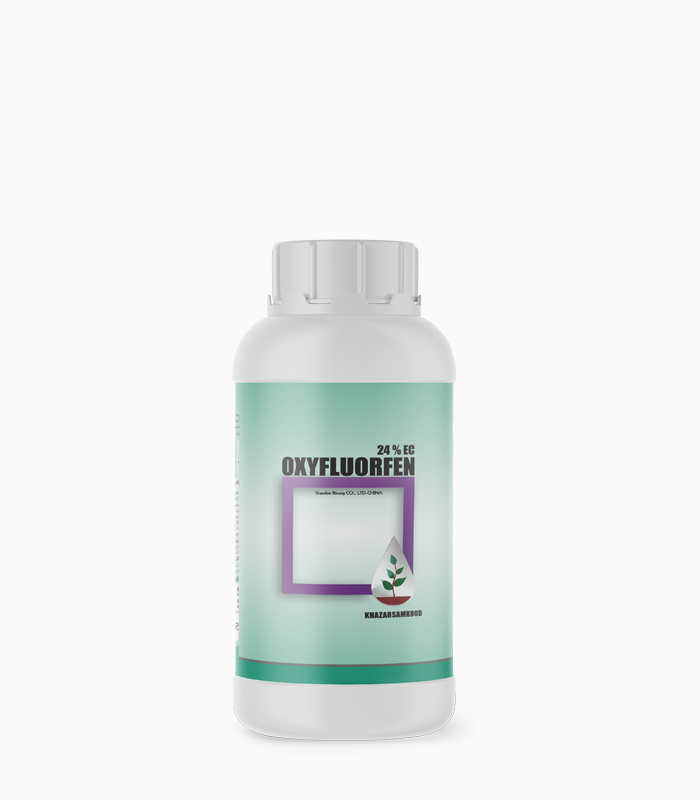
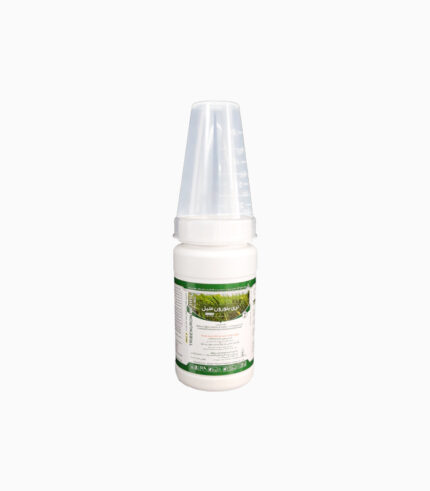
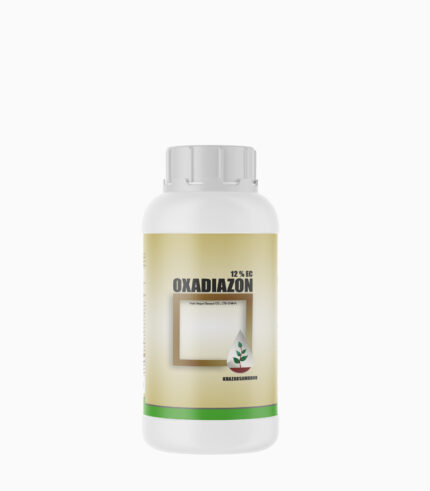
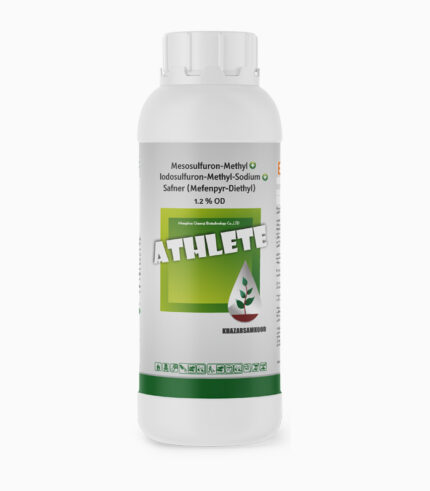

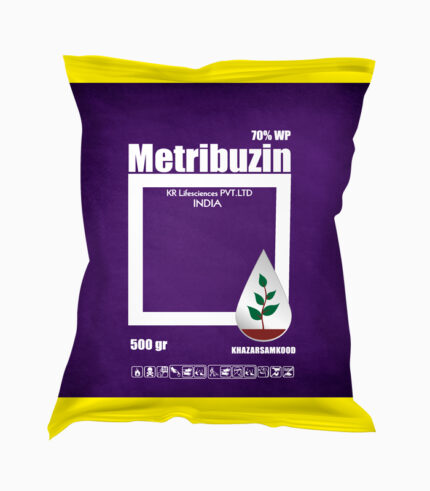
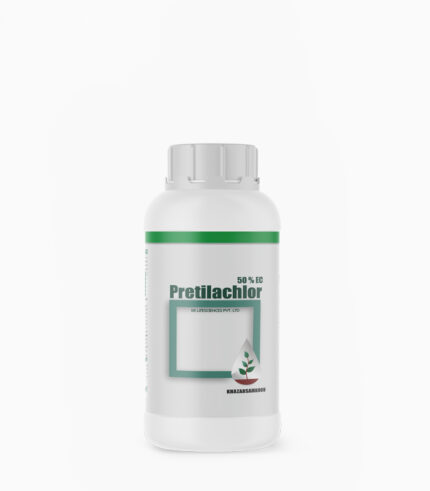
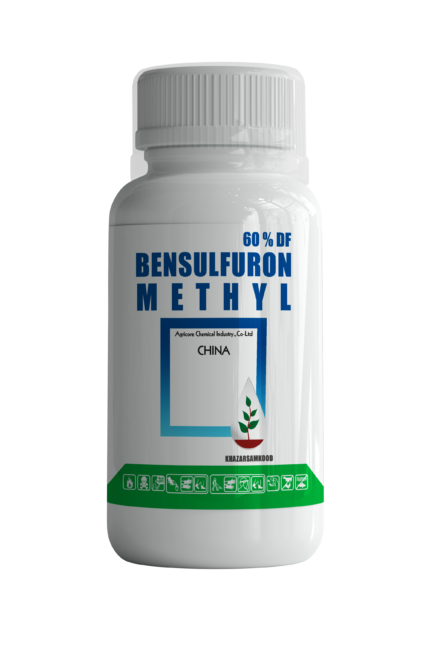
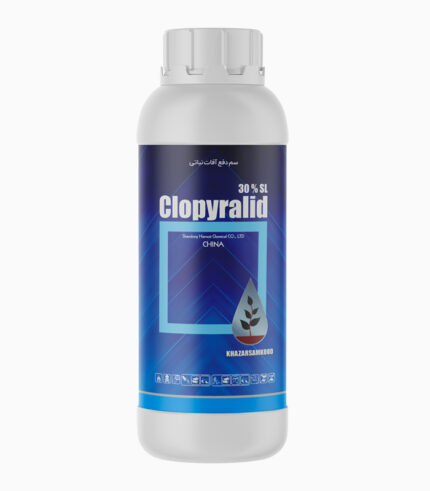
Reviews
There are no reviews yet.